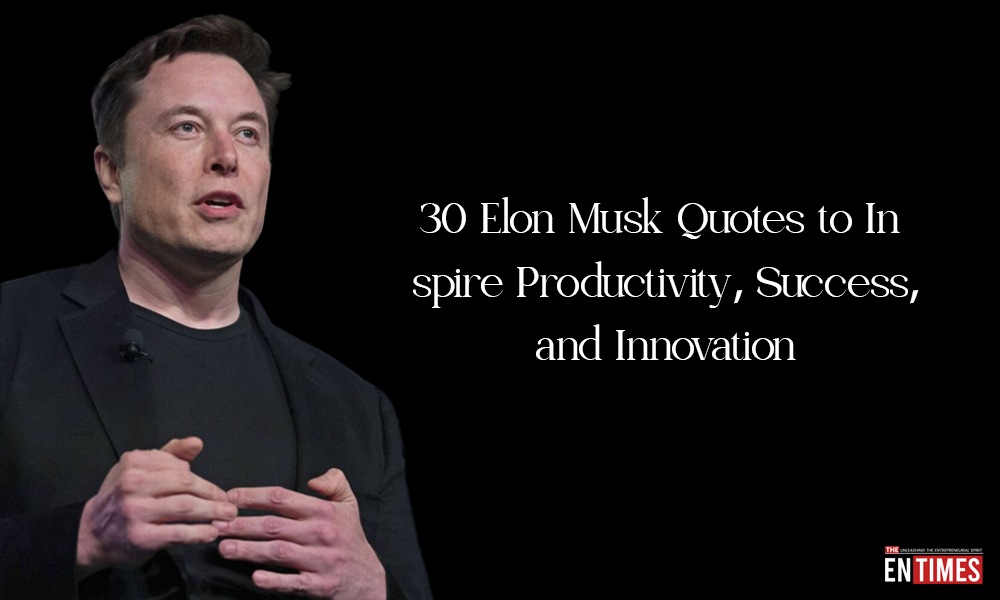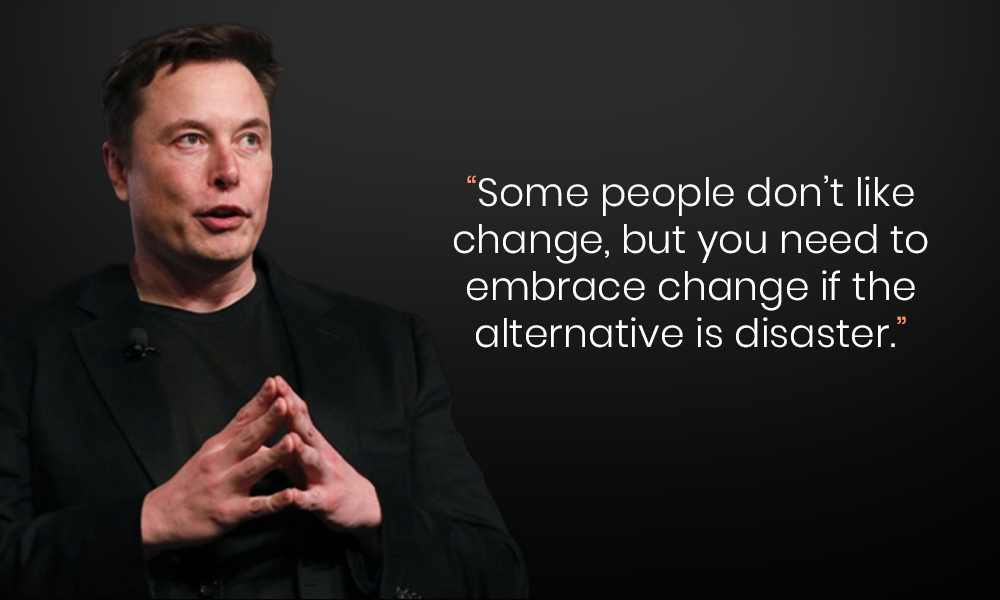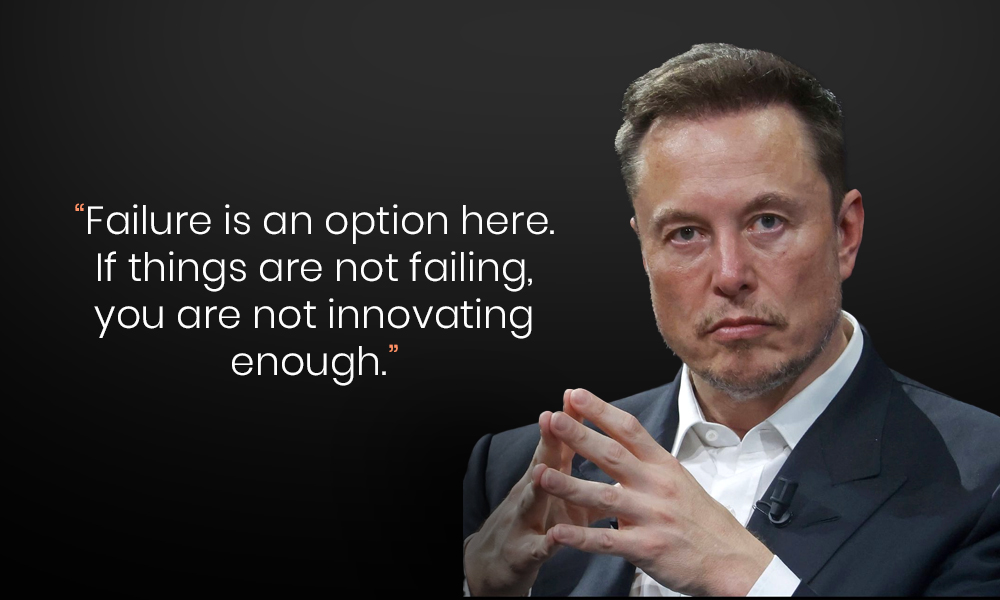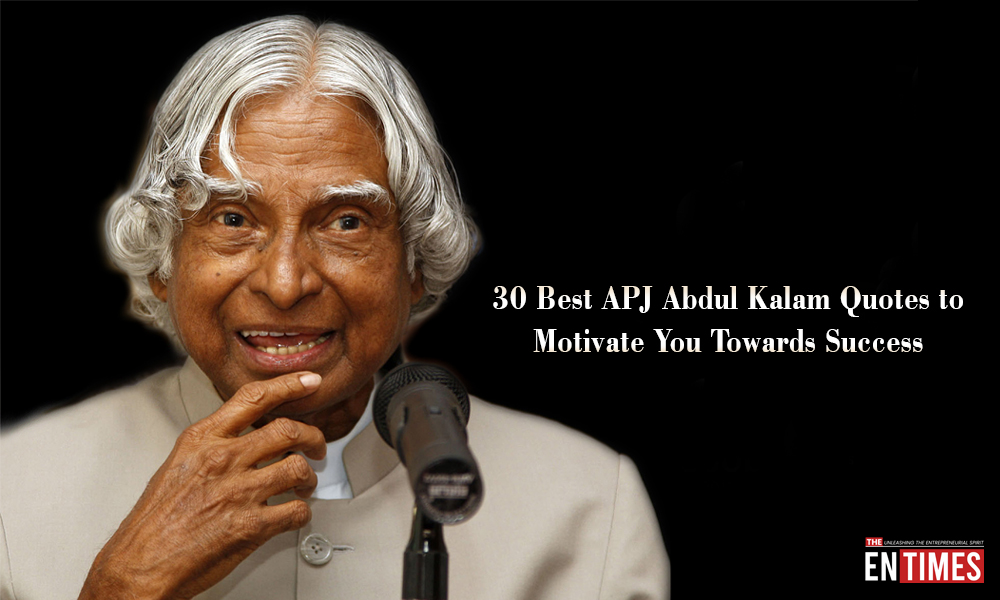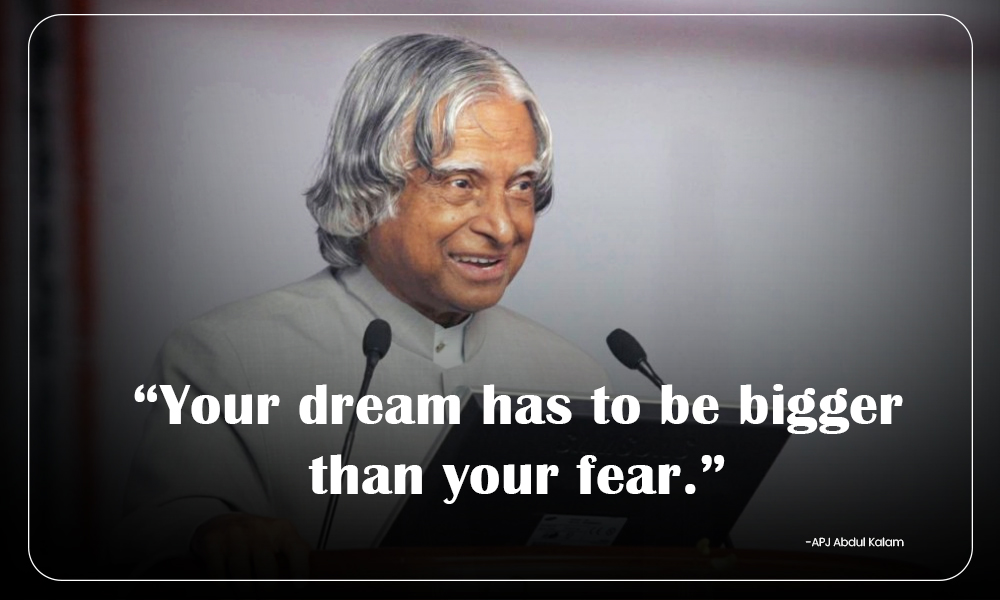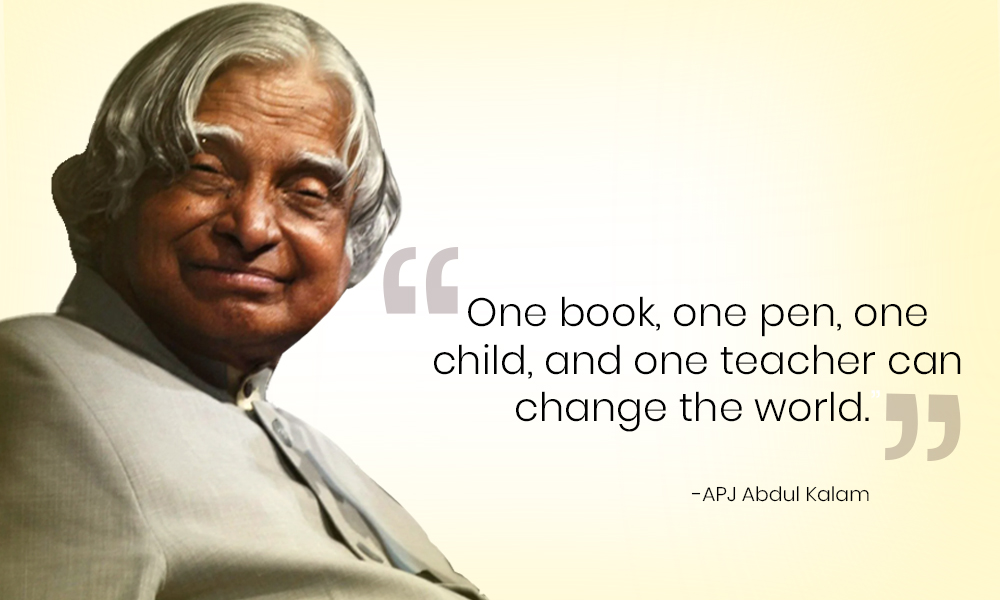Everyone deserves access to fitness and wellbeing solutions. In fact, most people have come to expect simpler, more accessible options at all points of their life – at home, work, their gym, or on the road. But how do businesses start meeting their people wherever they are on their fitness journey?
In 2011, an enterprising team in Minnesota offered an answer: let technology teach when instructors can’t. Their unique solution made high-quality, personalized content easily accessible for every lifestyle and space with nothing more than a a TV preloaded with premium fitness and wellness classes.
That simple idea became Fitness On Demand, and the company has spent the years since turning a single virtual-studio solution into the industry’s most complete digital-engagement platform. Today Fitness On Demand is capable of activating every screen from lobby televisions to mobile phones so leaders in any industry can deliver accessible, affordable, and individualized solutions at scale, including branded fitness, recovery, and wellness experiences anywhere their members choose to move.
From One Screen to an Ecosystem
Fitness On Demand’s founding problem statement was straightforward: accessible fitness productivity and retention rates, but instructors aren’t always available. The original product scheduled on-demand classes in unmanned studios so people could press “play” and sweat together at any hour.
Success came quickly, but CEO Andy Peat and his team saw a bigger opportunity: flexible, digital fitness was no longer a perk; it was an expectation. As hotels, apartment communities, corporations, and health insurers began searching for turnkey wellness solutions, Fitness On Demand evolved from a content library into a full-scale digital engagement ecosystem:
- Their comprehensive platform powers studio screens, cardio consoles, recovery kiosks, digital signage, watches and wearables, and a mobile app.
- Thirty-plus content categories, from HIIT and strength to guided breathwork and active-aging mobility, meet every fitness level and mood.
- Smart recommendations, goal tracking, and gamified challenges personalize the journey while keeping people motivated.
The result is a single platform that replaces a dozen point solutions, saving operators money and members’ patience.
Built for Operators, Not Just End Users
Most virtual fitness brands pursue a direct-to-consumer model, targeting individual subscribers with flashy workouts. Fitness On Demand chose a different lane: serve the facility first so they can deliver more value to their members.
That operator-centric DNA shows up in three ways:
- Total white label control. Clubs, hotels, and corporate campuses can brand the interface as their own, strengthening loyalty instead of sending customers to a third-party app.
- Hardware flexibility. The same software lights up lobby TVs with wellness content, streams live classes to a cycle studio, powers a touch-screen Recovery Station on the gym floor, and pushes personalized routines to phones.
- Enterprise-grade analytics. Real-time dashboards show managers and operators which classes drive retention, which times attract traffic, and how engagement differs by user segment. Operators adjust schedules or promotions in days, not quarters.
Lift Brands, A Strategic Engine
Fitness On Demand’s parent company, Lift Brands, is building the foundation for physical and mental wellness through their portfolio which also includes Snap Fitness and Fitstop. Combining these industry leaders under one roof creates a unique testing ground that few businesses enjoy. New features debut in operational clubs, where usage data and member surveys guide refinements before worldwide release. That internal network accelerates iteration and supplies instant marketing reach across thousands of locations.
Content That Keeps Pace with Culture
With a class launched every 40 seconds and nine million sessions served, quality control is non-negotiable. Each video passes a production and relevance audit: Does it look world-class? Does it meet a current or emerging demand? Does it deliver results? Partnerships with Les Mills, Motosumo, BodyBase reformer Pilates, and boutique instructors ensure variety without sacrificing quality.
And it’s all backed by data – engagement metrics, trend tracking, and member feedback steers future partnerships, so the library evolves faster than fads fade.
Numbers That Tell the Growth Story
- From 1 to 6+ products powering studio, floor, recovery, signage, live streaming, and mobile.
- From 1 to 6+ industries: fitness, hospitality, multi-family housing, corporate wellness, education, government, senior living, and healthcare.
- From 100 to 1,500+ classes covering more than thirty disciplines.
- From 1 country to 20+ across North America, Europe, and Asia-Pacific.
- Average client tenure: 5+ years, a loyalty metric rare in subscription tech.
Scaling Globally, One Smart Market at a Time
Going international introduced hurdles like currency swings, localized languages, and disparate group-fitness maturity. To address this, Fitness On Demand started with a focus on North America to partner with distributors and pilot in Snap Fitness clubs before a broader market rollout. From there, they launched in selective markets to keep resources focused where demand and infrastructure aligned. This helped develop forecasting models and simplified hardware logistics that minimized cross-border friction.
Data Driven Engagement, Operator ROI
Under the hood of the Fitness On Demand machine, sits a heavy analytics stack, which monitors every click and class minute. Members receive personal wellness scores; whilst clubs soon gain facility-wide engagement ratings that quantify how effectively each zone and screen supports retention and ancillary revenue.
Early findings show operators reclaiming underused studios, extending schedules without extra payroll, and generating new income streams through premium recovery or small-group offerings, often saving thousands annually in instructor costs.
Recovery Station, Wellness Beyond the Workout
Fitness On Demand’s newest innovation answers the $9‑trillion holistic‑wellness boom. The Recovery Station is a sleek touch-screen kiosk delivering dynamic stretching, breathwork, meditation, and cool-downs in any spare and under-utilised spaces. Users select session type, duration, and equipment; facilities open a fresh service vertical without additional staff.
An expanded version can unlock Fitness On Demand’s full 24-plus-category library on the same touchscreen, turning transitional spaces into micro-studios.
Partnerships That Multiply Impact
Strategic alliances extend Fitness On Demand’s value beyond traditional fitness Atmosphere TV integration streams sports and wellness news in lobbies and shared spaced. Content collaborators like BodyBase expanded their footprint into Hilton Hotels through their partnership with Fitness On Demand, marrying reformer Pilates with hospitality demand. Each partnership weaves entertainment, education, and movement into a single, branded member journey.
Setting, Not Chasing the Next Trend
Fitness On Demand’s roadmap is as exciting as it is innovative. It looks toward hyper-personalized, AI-guided wellness paths that merge movement, mindfulness, recovery, and nutrition. This syncs with wearables, sleep trackers, and stress scores to centralize a users biometric data and recommend “the right session at the right moment.
Immersive technologies such as augmented reality sit on the horizon, promising even more gamified, location-aware workouts that blur the boundaries between physical and digital. The vision for Fitness On Demand, according to CEO Peat, is “not just to keep up, but to shape what comes next exactly as we did when virtual classes were a novelty.”
Conclusion
In a crowded market of single-purpose apps and hardware one-offs, Fitness On Demand stands alone as any industry’s accessible, connected, and omnichannel wellness ecosystem. It turns every screen into an engagement tool, every workout into a data point, and every facility into a brand amplifier without piling on complexity or cost.
For operators, that means new revenue streams and stickier members. For users, it means consistent, high-quality fitness and wellness, whether they’re in the club lobby, a hotel room, the office gym, or their living room. And for the industry, it signals a future where technology doesn’t replace human connection; it elevates it.
Fitness On Demand started by filling a staffing gap. A decade later, it’s filling in the entire digital ecosystem, one screen and one satisfied member at a time.


